
What is IP66 Waterproof? Waterproof Rating of Membrane Switches
What is IP66 Waterproof? Waterproof Rating of Membrane Switches
The IP66 waterproof rating means that the device is completely protected from dust ingress and can withstand strong water jets. The waterproof rating of membrane switches can usually reach IP67, which is achieved through special processes and materials to ensure its reliability in humid or rainy environments. This performance makes membrane switches suitable for scenes such as kitchens, medical treatments, and outdoor use.
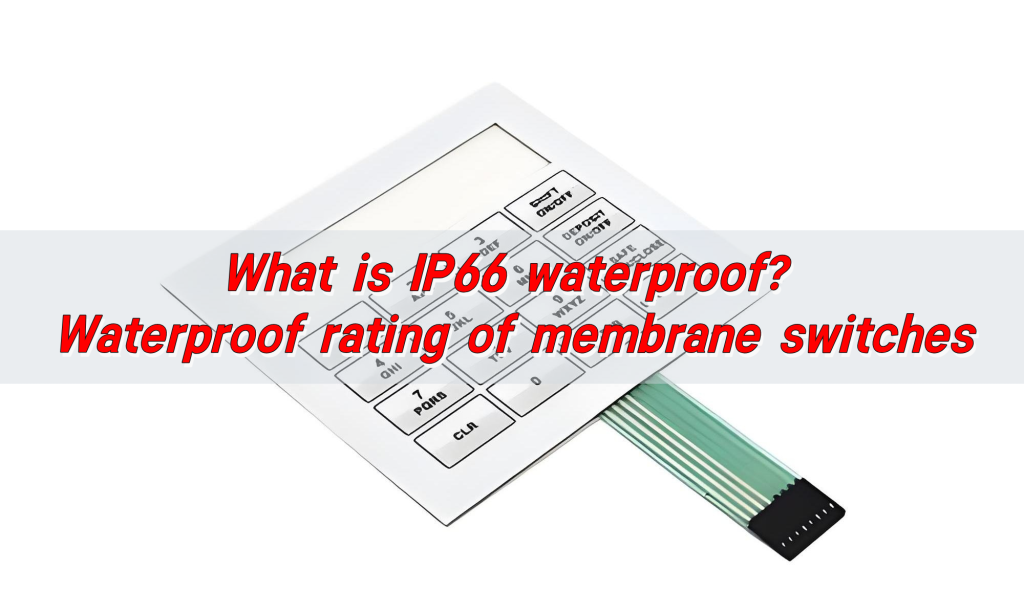
What is IP66 Waterproof Protection?
First, let’s break it down. IP stands for “Ingress Protection.” It’s an international standard that rates how well a product can resist solid particles and moisture. The number “6” in the first position means the product is completely dust-tight. No particles get in. That’s the highest solid rating available.
The second “6” tells you about water resistance. In this case, it means the device is protected against powerful water jets from any direction. So, heavy splashes, hose-downs, or stormy conditions? No problem.
IP66 waterproof protection gives real-world safety and peace of mind, especially in harsh environments where electronics are vulnerable.
Which is Better: IP66 or IP67?
IP67 can handle temporary immersion in water, while IP66 is designed to resist strong jets and splashes. That might sound like IP67 is better, but not always.
Here’s why: Most membrane switches are not meant to be submerged. They’re used in outdoor panels, machinery, kiosks, and control systems. These areas are exposed to rain, dust, and cleaning hoses—not underwater pools.
So, if you want protection during regular washdowns or unpredictable weather, IP66 waterproof rating is often the smarter, more practical option. It covers what you truly need—without overengineering.
Why Choose IP66 for Membrane Switches?
Membrane switches are used on everything from medical devices to industrial controls. When these switches fail due to moisture, the cost is more than just inconvenience—it can lead to operational shutdowns, system errors, or even safety risks.
IP66-rated membrane switches are sealed tightly to keep both dust and water out. Even during high-pressure hose cleaning or outdoor use in rough conditions, they stay reliable. You don’t have to worry about rainstorms, spilled drinks, or dust blowing through a factory.
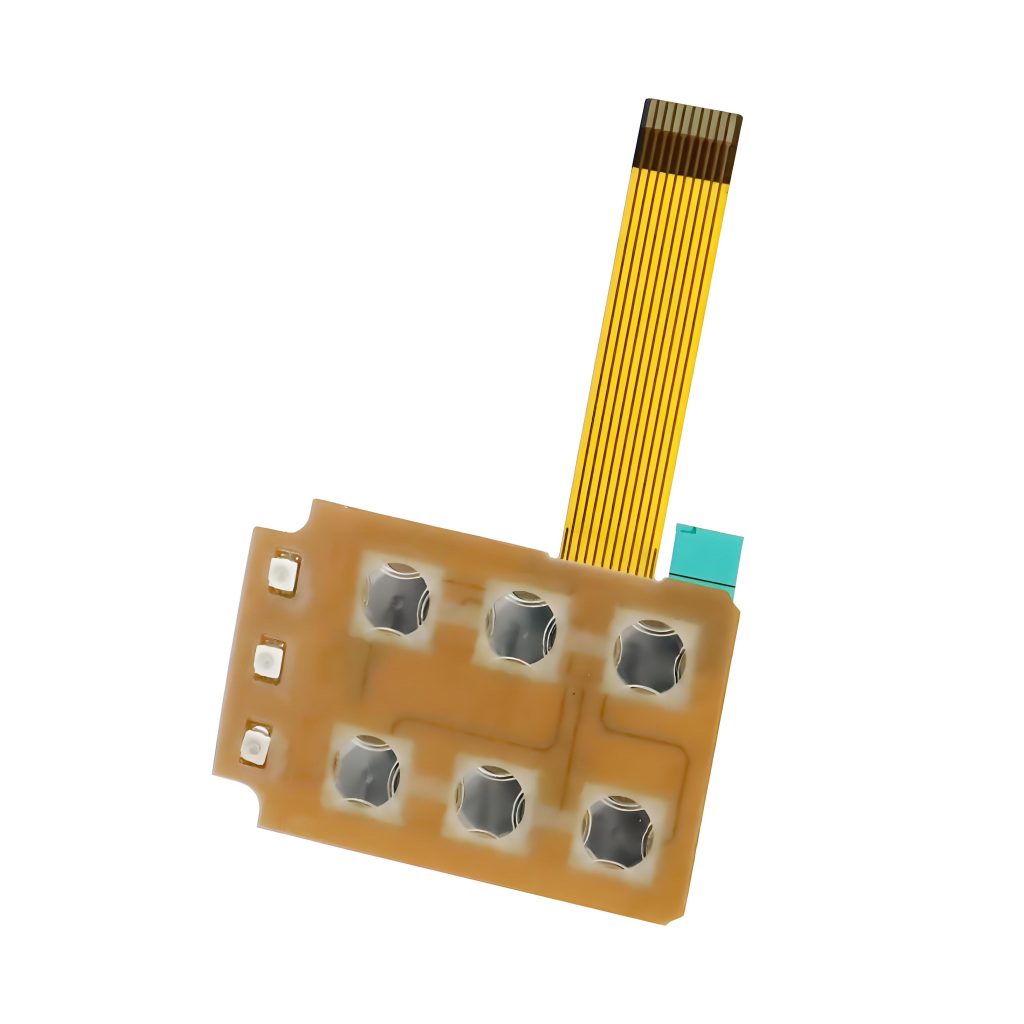
It’s not just about protection—it’s about uninterrupted performance. Choosing IP66 means choosing confidence in every press.
How Waterproof is an IP66 Membrane Switch?
Imagine blasting your control panel with a powerful water jet—maybe while cleaning your equipment or during a sudden thunderstorm. An IP66 membrane switch won’t even flinch.
The IP66 waterproof rating meaning is clear: protection from water jets at 100 liters per minute, from a nozzle 12.5mm wide, from any direction, for at least 3 minutes.
That’s serious defense. It ensures the internal circuitry of the membrane switch stays dry, functional, and safe. Whether you’re dealing with manufacturing processes or outdoor equipment, this level of waterproofing is a game-changer.
Can IP66 Survive Heavy Rain or Splashes?
Yes—IP66 waterproof protection isn’t afraid of a little water. Or even a lot of it.
This rating is tailored for real-world chaos. It holds up during regular outdoor exposure, high-humidity environments, and even moments where pressure washers are involved.
Is IP66 Enough for Outdoor Use?
Absolutely. For most outdoor applications, IP66 is not just enough—it’s ideal.
It provides excellent protection without complicating the design. Submersion ratings like IP67 or IP68 are more specialized. They’re great for underwater lights or marine gear. But if your product isn’t going into a lake or aquarium, why pay for more than you need?
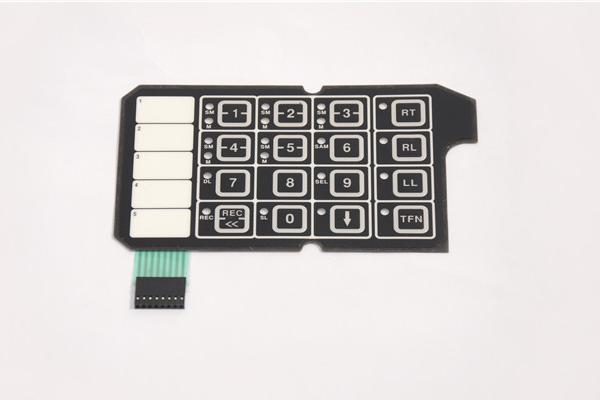
Membrane switches with IP66 waterproof rating are perfect for:
- Outdoor kiosks
- Access control systems
- Solar panel interfaces
- Construction machinery
- Farm equipment
- Public information displays
They can face harsh weather and still work flawlessly.
What’s the Membrane Switch Waterproof Level You Need?
Not all membrane switches need the same waterproof level. It all depends on the environment they’re used in.
Here’s how to decide:
Light indoor use? IP54 might be enough.
Occasional splashes or dust? Go for IP65.
Heavy splashes, jets, or regular washdowns? IP66 is your safest bet.
Submersion or underwater use? Then you might need IP67 or IP68.
But for 90% of industrial and outdoor applications, IP66 hits the sweet spot. It provides the ideal balance between protection and affordability.
Where Are IP66 Membrane Switches Commonly Used?
You’ll find IP66 membrane switches in places that can’t afford failure.
- 1. Industrial Equipment
Factories are full of dust, fluids, and rough handling. A normal switch won’t survive long. But an IP66-rated one? It keeps performing even in the dirtiest corners.
- 2. Agricultural Machinery
Think tractors, irrigation panels, and animal feeders. These systems deal with mud, water, and unpredictable weather. IP66 switches keep them running smoothly, rain or shine.
- 3. Outdoor Kiosks and Terminals
Public access points like ticket machines and ATMs are exposed to every season. Snow, rain, dust, and sun. An IP66 switch ensures reliability for every user.
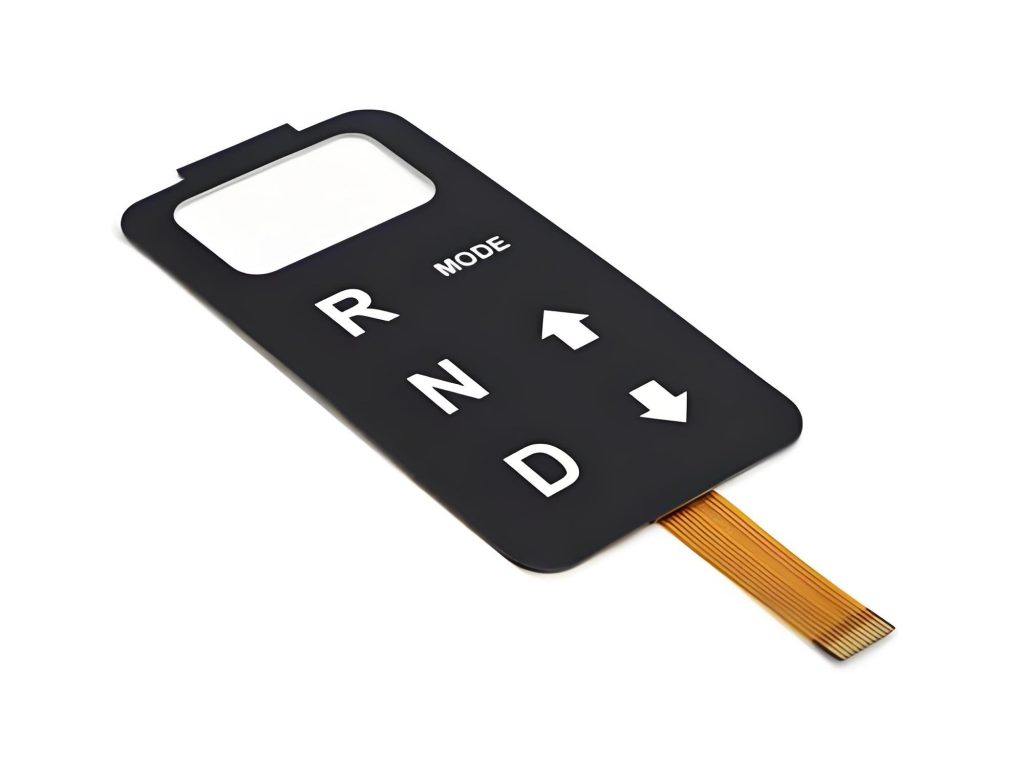
- 4. Medical Devices
Hospitals need frequent cleaning. That means disinfectants and water everywhere. IP66-rated membrane switches stay sterile and sealed.
- 5. Food Processing Plants
Here, hygiene is non-negotiable. Regular washdowns with pressurized water make IP66 essential. These switches support safety and sanitation without fail.
- 6. Military and Marine Applications
Harsh terrain, saltwater spray, and extreme conditions. IP66 is trusted even when failure is not an option.
No matter the industry, if reliability matters, IP66 waterproof membrane switches deliver.
Conclusion:
The IP66 waterproof rating offers a powerful mix of dust-tight sealing and strong water resistance. For membrane switches, this means durable, long-lasting performance in challenging conditions.
If you’re looking to avoid downtime, save on repairs, and give your users a seamless experience, then IP66 membrane switches are your go-to solution.
Need help choosing the right waterproof membrane switch for your application? Reach out to our team of experts at sales@best-membraneswitch.com. We’ll help you find the perfect fit with confidence.
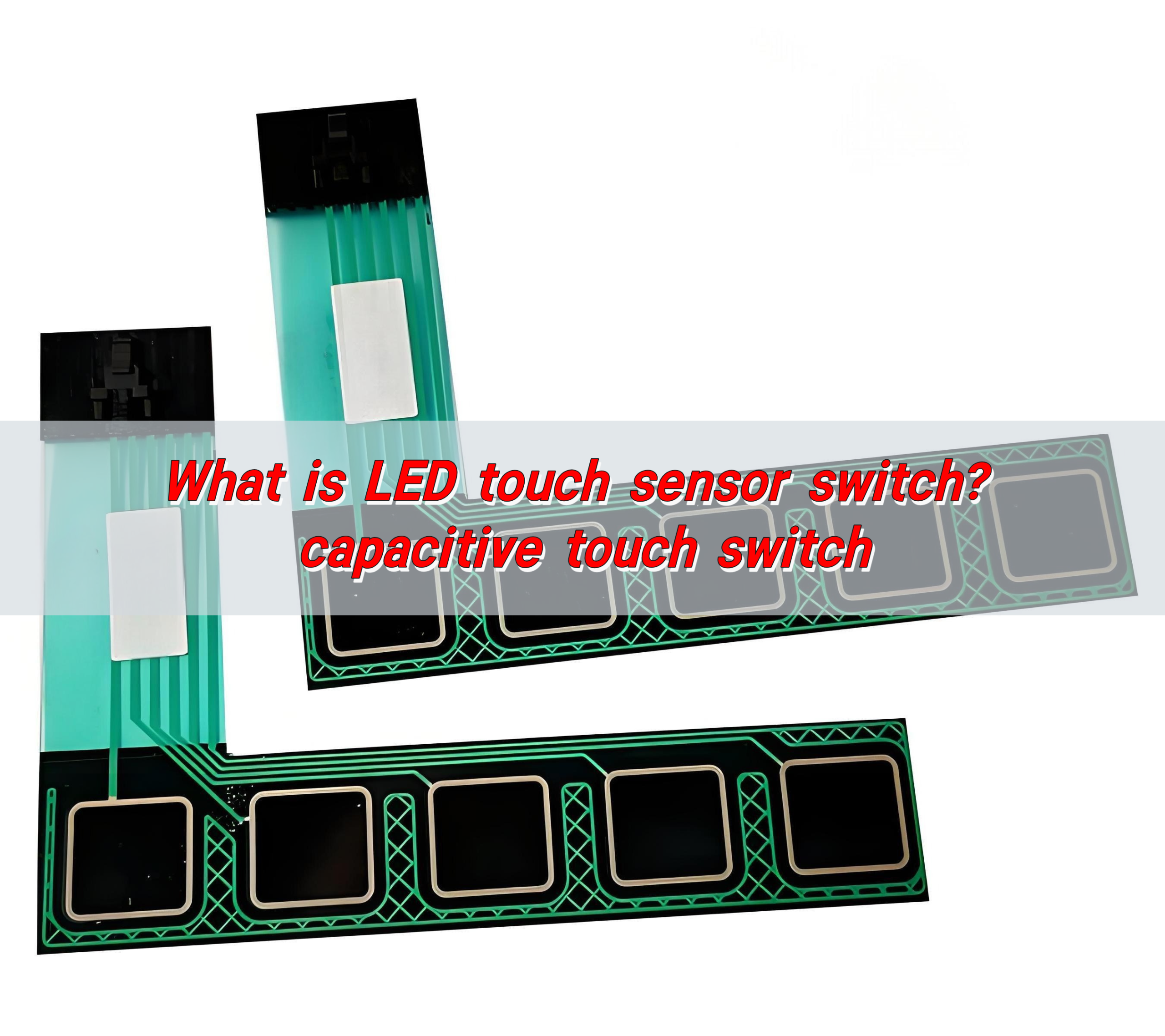
What is LED touch sensor switch? capacitive touch switch
The LED touch sensor switch is an electronic component that combines an LED light and a touch sensor. It controls the on and off of the LED light by touching it, achieving energy-saving and convenient lighting control. It uses capacitive sensing technology to detect human proximity or touch, thereby controlling the on and off of ...
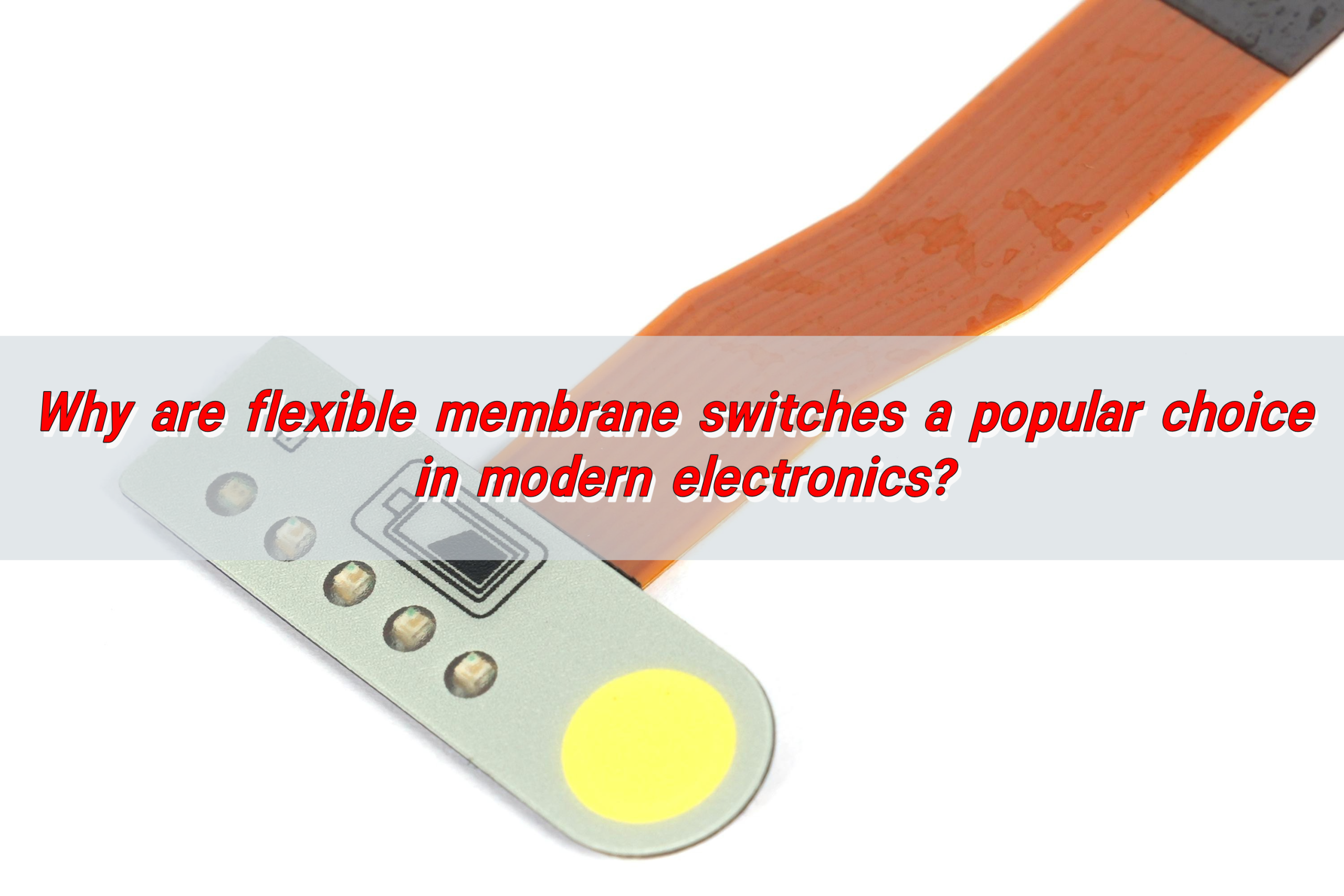
Why are flexible membrane switches a popular choice in modern electronics?
Flexible membrane switches are popular in modern electronic products due to their flexibility, thinness and economy. They not only adapt to complex curved surfaces and achieve flexible design, but also have environmental adaptability such as waterproof and dustproof. In addition, they support multi-function integration, such as LED indicators and sound feedback, to enhance user experience. ...
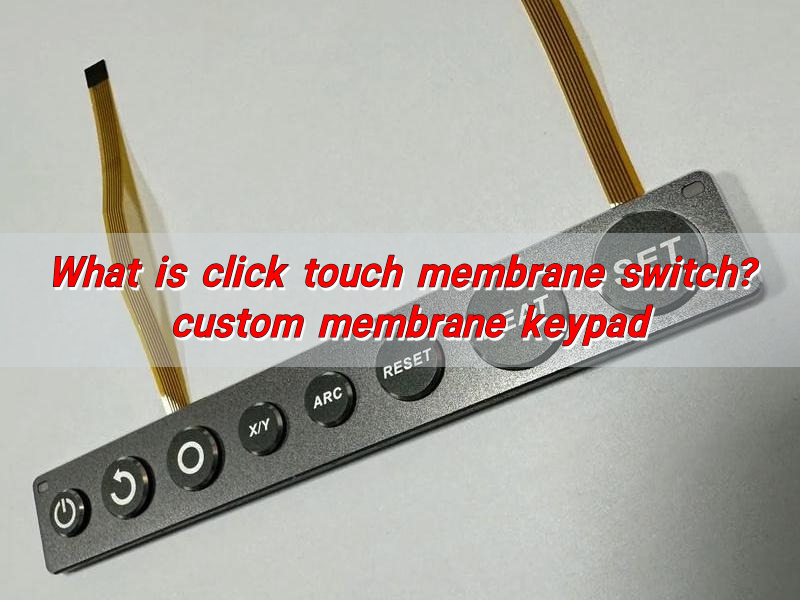
What is click touch membrane switch? custom membrane keypad
Click touch membrane switches are membrane switches that conduct circuits by pressing, have tactile feedback and stable operation, and are widely used in electronic communications, industrial control, medical equipment and other fields. Customized membrane keypad are based on this technology and can choose different materials and layouts according to customer needs. They are both functional ...
Contact us online